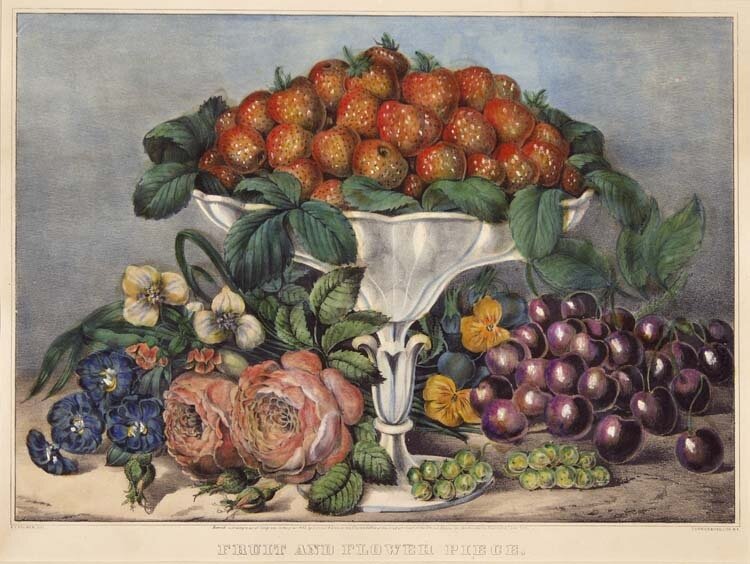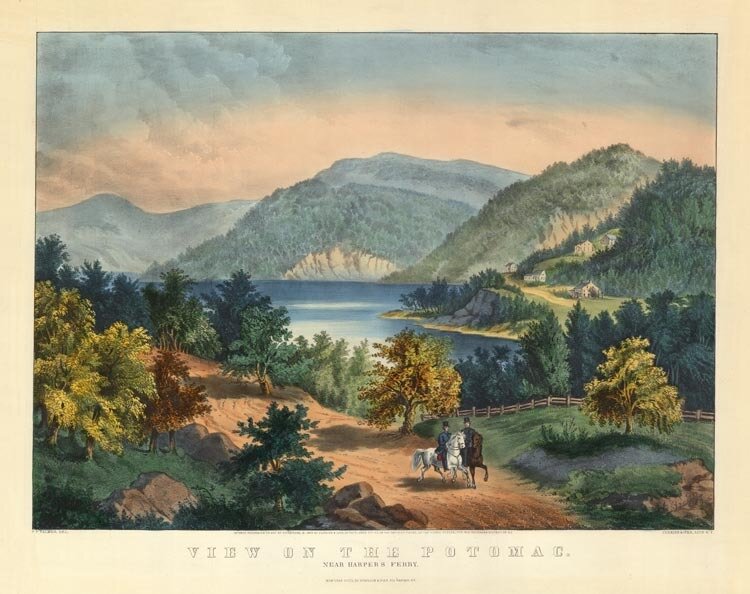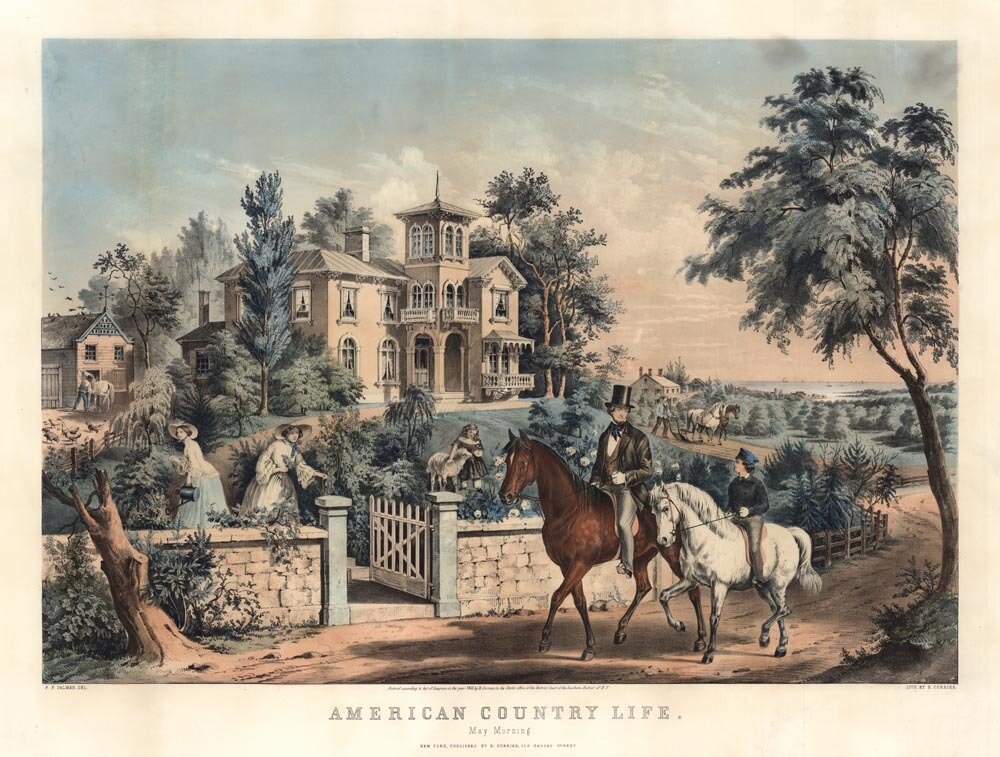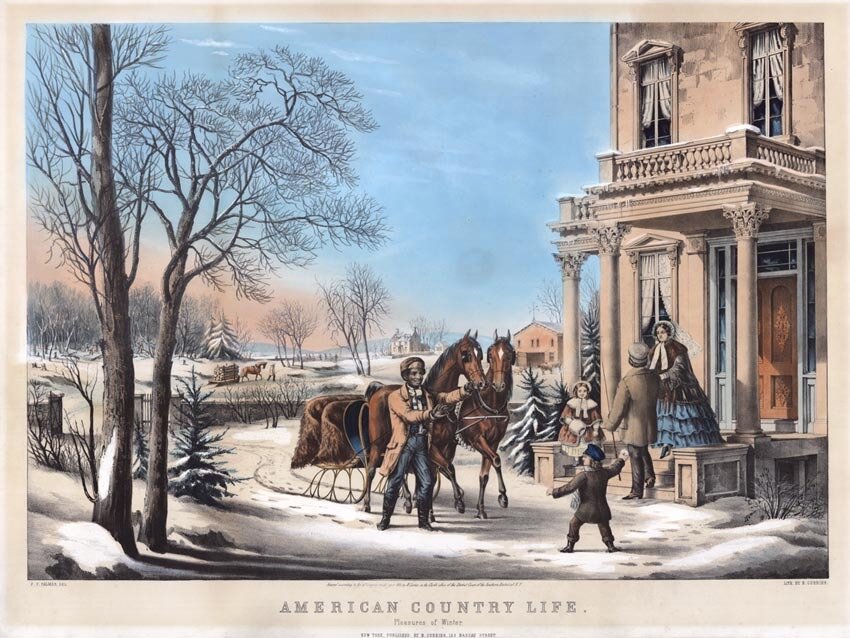If you are looking for new sources of inspiration, I’d like to introduce you to some distinctive artists, designers, and illustrators – both past and present – that I think ‘you should know.’ Some may be lesser-known while others may seem vaguely familiar, either way you will discover unique talents that might just influence your next design project.
The role of women during the mid-nineteenth century has largely been chronicled in the history books in terms of hearth and home. With societal structures and expectations of the time limiting female opportunities in the workplace, it has been the job of feminist historians to rediscover the lost histories of women in the early development of many specialized fields. The professional design world is no exception.(1)
In broadening the historical record of design to include room for women, feminist historians have restored the works and contributions of many early female designers to a rightful place of honor. One such designer revived through this effort is Frances (Fanny) Flora Bond Palmer, a prolific lithographer during the mid to late 1800s.(2)
Born in 1812, she married Edmund Seymour Palmer at the age of 20 and shortly thereafter began a family. Following some financial hardships, the Palmers and their two children decided to leave their home in England and immigrate to the U.S. in 1844. After settling in New York City, the Palmers started a lithography business in 1846, which they named F & S Palmer.(3)
The process of lithography is based off of the theory that water and oil do not mix. Limestone or metal plates are polished smooth. Artists then use oil, fat, or wax-based inks to precisely draw images in reverse on the plate. Once the design work is complete, a mixture of gum arabic and acid is applied to the plate, etching the blank areas not covered with the grease-based ink. Following this stage, ink is reapplied and the stone or metal plate is printed. During the mid-nineteenth century, color would be added to each print by hand in the final stages of production.(4)




In the day-to-day operations of their business, Fanny Palmer was responsible for all of the compositional and drawing work while her husband Edmund was responsible for printing the stones.(5) Due to financial problems, presumably from Edmund Palmer’s increasing addiction to alcohol, they sold their business to fellow lithographer Nathanial Currier in 1849.(6) Nathanial Currier later named his business Currier and Ives after his brother-in-law, James Merritt Ives, became his business manager and partner.(7)
While Edmund Palmer began running a tavern after the dissolution of their business, Fanny Palmer found assorted freelance work in the lithography field. With her husband’s continued abuse of alcohol, Fanny Palmer quickly became her children’s only stable influence and the family’s primary breadwinner. In 1851, Nathaniel Currier hired her to work full-time at his growing firm.(3) Recognizing her immense skill, Currier and Ives kept Fanny Palmer on the payroll for almost twenty years, longer than any other artist on their roster of talent.(8)




Despite her trouble at home, Fanny Palmer thrived at her profession. During her time at Currier and Ives, she produced in excess of 200 lithographic scenes.(5) Diverse and eclectic, her subject matter ranged from complex still-life scenes to sweeping landscapes and everything in between. She designed urban and rural settings with equal expertise, showcasing her ability to capture both modern and historical environments.(2) Having limited opportunities and funds to travel, she modeled her designs after her surroundings as much as possible – taking sketching trips to Long Island and other areas of the city. She also used various reference materials that were available at the time, like daguerreotypes and early photography, to better illustrate other parts of the developing country.(3)
Her work was not restricted to stereotypical “feminine” subject matter of the day. In fact, some of her most famous compositions depicted America’s westward expansion and the evolving transportation sector – railroads, steamboats, etc. She also created works of current news events in the form of dynamic battle scenes from the Civil War, which was raging at the time.(2)




“It is likely that during the latter half of the nineteenth century more pictures by Mrs. Fanny Palmer decorated the homes of ordinary Americans than those of any other artist, dead or alive,” wrote Ewell L. Newman, a specialist on Currier and Ives.(9)
In 1859, Edmund Palmer died after drinking heavily and falling down a flight of stairs in a Brooklyn hotel.(10) Fanny Palmer, as she always had, continued to work to support her family until retiring in 1868.(5) She died of tuberculosis in 1876.(11) Her obituary made little to no mention of her successful career, or how she provided for her family virtually by herself. Instead, it simply said that she was “a relict of Edmund S. Palmer of Leicester, England” – equating her professional and personal contributions to only that of wife.(2)
Thanks to the work of numerous feminist historians we are now able to know Fanny Palmer’s remarkable story and appreciate the immense visual treasury she left behind.




Sources
1 Buckley, Cheryl. “Made in Patriarchy: Toward a Feminist Analysis of Women and Design.” Design Issues, Vol. 3, No. 2. Autumn 1986. The MIT Press. Web. 28 Mar. 2020. http://www.jstor.org/stable/1511480
2 Thomson, Ellen Mazur. “Alms for Oblivion: The History of Women in Early American Graphic Design.” Design Issues, Vol. 10, No. 2. Summer 1994. The MIT Press. Web. 28 Mar. 2020. http://www.jstor.org/stable/1511627?seq=2
3 “Frances Flora Bond Palmer (June 26, 1812 – August 20, 1876).” All Things Victorian. Web. 28 Mar. 2020. http://www.avictorian.com/Palmer_Fanny.html
4 “Lithography.” Wikipedia: The Free Encyclopedia. 9 Mar. 2014. Web. 28 Mar. 2020. http://en.wikipedia.org/wiki/Lithography
5 Melby, Julie L. “Fanny Palmer.” Graphic Arts: Exhibitions, Acquisitions, and Other Highlights from the Graphic Arts Collection, Princeton University. 8 Aug. 2012. Web. 28 Mar. 2020. http://blogs.princeton.edu/graphicarts/2012/08/fanny_palmer.html
6 “Attributed to Fanny Palmer (1812-1876).” Gallery at Well Sweep. 6 Dec. 2010. Web. 28 Mar. 2020. http://galleryatwellsweep.com/2010/12/06/fanny-palmer/
7 “Currier and Ives.” Wikipedia: The Free Encyclopedia. 8 Mar. 2014. Web. 28 Mar. 2020. http://en.wikipedia.org/wiki/Currier_and_Ives
8 Rawls, Walton. “Excerpt from: The Great Book of Currier and Ives’ America.” Abbeville Press: Fine Art and Illustrated Books. 2007. Web. 28 Mar. 2020. https://www.amazon.com/Great-Book-Currier-America-Folio/dp/1558592296
9 Davidson, Rebecca W. “Unseen Hands: Women Printers, Binders & Book Designers.” Graphic Arts: Rare Books and Special Collections, Princeton University Library. 13 Feb. 2004. Web. 28 Mar. 2020. http://libweb2.princeton.edu/rbsc2/ga/unseenhands/printers/palmer.html
10 “American Express Train by Currier and Ives (Fanny Palmer): Art Class Teaching Aid.” Jordan School District. Web. 28 Mar. 2020. http://rosecreek.jordandistrict.org/files/2013/10/ArtMasterpiece_KA.pdf
11 “Women in World History: A Biographical Encyclopedia, Frances Flora Palmer (1812-1876).” Encyclopedia.com. 2002 Web. 28 Mar. 2020. http://www.encyclopedia.com/article-1G2-2591307298/palmer-frances-flora-18121876.html
Palmer, Frances Flora Bond. Assorted Images of Palmer’s Lithographs Produced through Currier and Ives. The Old Print Shop. Web. 28 Mar. 2020. http://oldprintshop.com/shop?search=palmer
